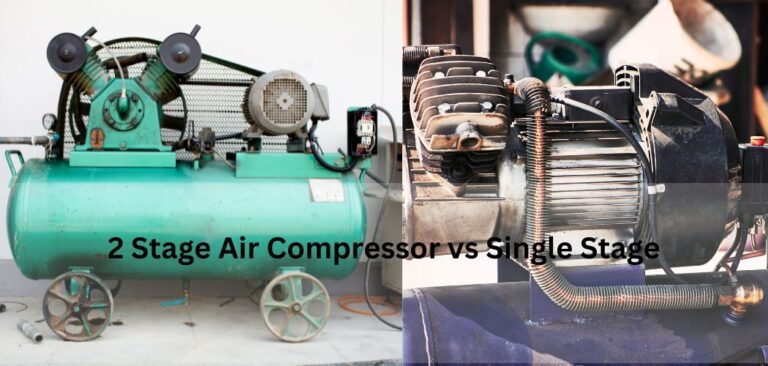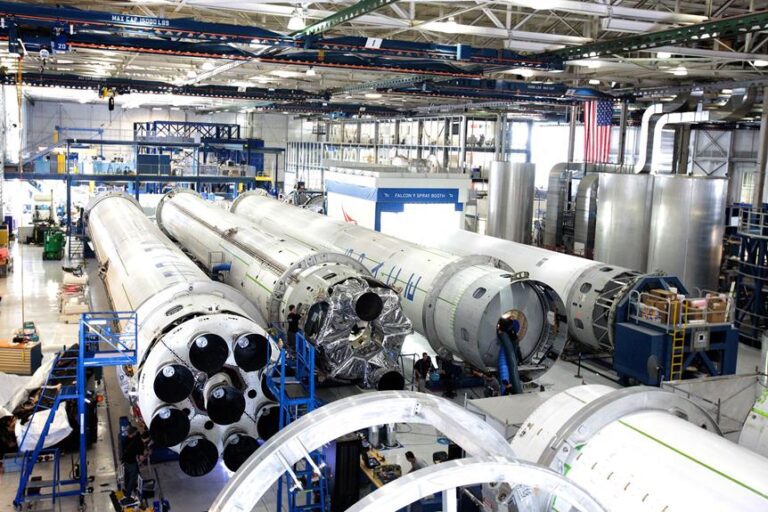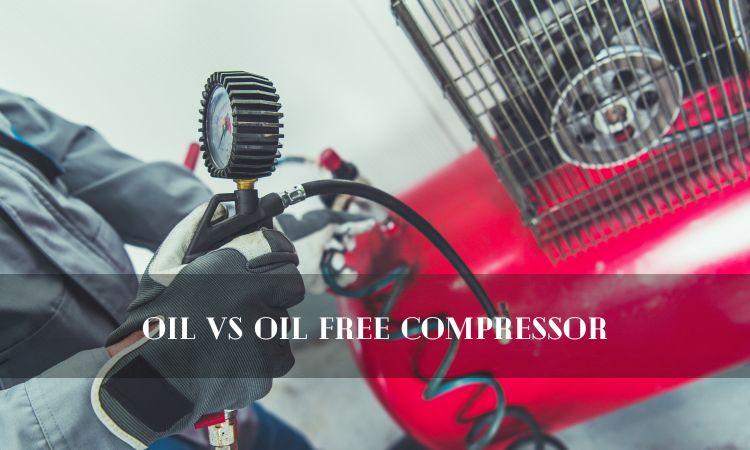Customize Your Ride: Adjustable Coilovers Explained
Ever wondered how to improve your vehicle's handling and performance? Welcome to our comprehensive guide on adjustable coilovers. As a critical component in vehicle suspension systems, coilovers offer unparalleled customization, enhancing both ride comfort and control. From understanding the basics to troubleshooting, this guide uses industry-specific terminology to provide a detailed walkthrough. Unleash your ride's full potential as we delve into the intricacies of adjustable coilovers.
Key Takeaways
- Adjustable coilovers allow for alterations in ride height, stiffness, and damping, providing customization that standard suspension systems cannot match.
- They improve a vehicle's handling capabilities, enhancing cornering ability and stability at high speeds, and allowing drivers to fine-tune their vehicle suspension to suit their driving style or track conditions.
- When choosing adjustable coilovers, consider specifications such as spring rate, damping adjustability, ride height adjustability, and material/construction, ensuring compatibility with the vehicle's weight, ride height, suspension geometry, and usage.
- Proper installation, maintenance, and troubleshooting are essential for optimal performance and longevity, including inspecting for defects, cleaning, lubricating, and performing professional wheel alignment after installation.
Understanding the Basics of Adjustable Coilovers
Before delving into the intricacies of adjustable coilovers, it is crucial to first understand their basic structure and function. Integral to the suspension setup of a vehicle, adjustable coilovers are a type of suspension device that allow for alterations in ride height, stiffness, and damping.
Comprising a shock absorber wrapped by a coiled spring, adjustable coilovers enable precise suspension tuning, allowing drivers to modify their vehicle's handling characteristics. By adjusting the coilover's spring preload or the shock absorber's damping force, one can achieve a tuned suspension geometry that best suits their driving style and conditions.
Adjustable coilovers offer a level of customization that standard suspension systems simply cannot match. This freedom to tweak and refine a vehicle's suspension setup provides drivers with a sense of liberation, enabling them to extract the maximum performance from their vehicle.
However, to fully appreciate the benefits of adjustable coilovers, one must not only comprehend their basic function but also understand their profound impact on vehicle performance. With that in mind, let us now transition into the subsequent section about 'the role of adjustable coilovers in vehicle performance'.
The Role of Adjustable Coilovers in Vehicle Performance
How significantly do adjustable coilovers contribute to enhancing the overall performance of a vehicle? The answer to this question lies in understanding the functionality of these vital components in the realm of vehicle dynamics. Adjustable coilovers play an integral role in improving a vehicle's handling capabilities, providing a more responsive and controlled driving experience.
Adjustable coilovers work in harmony with the suspension lowering kits to reduce the vehicle's center of gravity. This lowered stance increases the grip, thereby offering enhanced cornering ability and stability at high speeds. This superior handling can be particularly beneficial in motorsport applications where every fraction of a second counts.
Furthermore, the adjustability of these coilovers allows drivers to fine-tune their vehicle suspension to suit their driving style or track conditions. This customizability translates into optimized performance and improved lap times, especially when paired with high-performance racing brakes.
Incorporating adjustable coilovers into your vehicle is not just about aesthetics or achieving a 'slammed' look. It's about crafting a ride that delivers optimal performance and handling characteristics. Therefore, if performance is your goal, investing in adjustable coilovers and understanding their role in your vehicle's dynamics is a step in the right direction.
How to Choose the Right Adjustable Coilovers for Your Ride
Selecting the appropriate adjustable coilovers for your vehicle requires careful consideration of coilover specifications and compatibility checks with your particular model. One must understand the performance implications of different spring rates, damper settings, and adjustability ranges. Furthermore, it's essential to ensure that the chosen set aligns with the manufacturer's guidelines, ensuring optimal vehicle performance and safety.
Understanding Coilover Specifications
Deciphering coilover specifications is a critical step in determining the appropriate adjustable coilovers for your vehicle.
When choosing the right coilovers, you should consider:
- Spring Rate: This indicates the stiffness of the spring. Too stiff could result in a harsh ride, while too soft may not provide enough support.
- Damping Adjustability: Adjustable damping allows you to fine-tune the performance of your suspension. This is crucial for vehicles driven on diverse terrains.
- Ride Height Adjustability: This feature allows you to adjust your vehicle's clearance from the ground, thereby affecting the center of gravity and handling.
- Material and Construction: Look for durable materials and robust construction to ensure longevity and reliability.
Understanding these specifications empowers you to customize your ride to perfectly match your driving style and conditions.
Vehicle Compatibility Check
Before you gear up to modify your ride with adjustable coilovers, it's essential to zero in on the ones that are truly compatible with your specific vehicle model and make. Identify the coilovers that match the weight, ride height, and suspension geometry of your vehicle.
Here's a simple guide:
| Vehicle Characteristics | Adjustable Coilover Compatibility |
|---|---|
| Vehicle Weight | Coilovers should have an appropriate spring rate |
| Ride Height | Coilovers should offer a range of height adjustments |
| Suspension Geometry | Coilovers should match the OEM suspension points |
| Vehicle Usage | Coilovers should suit your driving style and purpose (track, street, etc.) |
Adopting this compatibility check will ensure a smoother ride, better handling, and improved performance, liberating the true potential of your vehicle.
Step-by-Step Guide to Installing Adjustable Coilovers
Moving on to the practical aspect of our topic, the installation of adjustable coilovers demands meticulous planning and methodical execution. We will first address the preparatory steps required prior to installation, ensuring a smooth and efficient process. Subsequently, we will guide you through the precise procedure of installing the coilovers, highlighting the importance of each step in achieving optimal vehicle performance.
Preparation Before Installation
As you gear up to install your adjustable coilovers, it is essential that you first prepare your workspace and gather the necessary tools for the job. The installation process requires a high degree of precision and attention to detail, so it's crucial to set yourself up for success from the beginning.
- Clear and clean your workspace. A clutter-free environment is vital for seamless installation.
- Gather the necessary tools. This includes a jack, jack stands, wrenches, and spring compressors.
- Inspect the coilovers. Ensure they are free from any defects or damage.
- Position your vehicle. Make sure it's on a level surface and safely secure.
Coilovers Installation Procedure
Installing adjustable coilovers involves a series of carefully executed steps, each of which contributes to the overall performance and safety of your vehicle. Start by elevating your car safely and remove the wheels. Unscrew the OEM shocks and springs, taking care to maintain the integrity of all components. Next, assemble the coilover assembly, ensuring the spring preload is properly adjusted. Install the new coilovers in the reverse order of the original components removal. Remember to utilize torque specifications as prescribed by the manufacturer. Finally, reinstall your wheels and lower the vehicle carefully. After installation, a professional wheel alignment is indispensable to ensure optimal performance. As we continue, we'll explore essential maintenance tips for adjustable coilovers.
Essential Maintenance Tips for Adjustable Coilovers
To ensure optimal performance and longevity from your adjustable coilovers, regular maintenance is essential, particularly focusing on the components within and beneath the coilover assembly. The coilover system is subject to extreme stress and pressure during operation, making it susceptible to wear and tear, rust, and corrosion.
- Regular Inspection: It is necessary to inspect the coilovers regularly for any visible signs of damage, such as oil leaks, corrosion, or abnormal noises. These could be indications of a failing coilover that needs immediate attention.
- Cleaning: Dirt and debris can accumulate on the coilover assembly and cause premature wear. Use a mild detergent and a soft brush to clean the coilovers, making sure to rinse thoroughly and dry to prevent rusting.
- Lubrication: Certain parts within the coilover assembly, like the threads and bushings, require regular lubrication to function smoothly and reduce friction. Use high-quality, high-temperature grease for this purpose.
- Professional Servicing: While regular DIY maintenance can extend the life of your coilovers, periodic professional servicing is also essential. Professional technicians have the tools and expertise to perform a thorough inspection, diagnose any issues, and make necessary adjustments or replacements.
Troubleshooting Common Problems With Adjustable Coilovers
Understanding how to troubleshoot common issues with adjustable coilovers is fundamental for maintaining the performance and longevity of your vehicle's suspension system. Proper diagnosis and timely resolution of these issues ensure optimal vehicle handling, stability, and ride quality.
One common problem is a knocking or clunking noise, which could stem from an improperly installed coilover or a worn-out bushing. Regular inspection and replacement of bushings can mitigate this. Another issue is sagging or uneven ride height. This typically indicates that the spring preload or ride height setting is not correct. A sagging suspension can be adjusted by increasing the spring preload or ride height setting.
Rough ride quality is another issue often faced. This may be due to an excessively high spring rate or damping setting. Adjusting these settings can help achieve a smoother ride. Finally, oil leakage from the damper is a serious issue that requires immediate attention. This usually indicates a failed seal within the damper unit and requires professional repair or replacement.
The Impact of Adjustable Coilovers on Ride Comfort and Control
Adjustable coilovers can significantly impact seven key areas of ride comfort and control: spring rate, damping force, ride height, preload adjustment, camber adjustment, vehicle stability, and overall ride quality.
- Spring Rate: Tailoring the spring rate to the specific needs of the driver can drastically affect how the vehicle responds to different driving conditions. A higher spring rate offers a stiffer ride, providing more control at high speeds, while a lower rate provides a more comfortable ride over bumpy surfaces.
- Damping Force: Damping force relates to the shock absorber's resistance to compress and rebound. Adjustable coilovers allow you to modify the damping force to strike a balance between comfort and performance.
- Ride Height: Altering ride height can influence the vehicle's center of gravity, affecting handling and cornering stability. Lowering the ride height can result in better handling but might negatively affect ride comfort.
- Preload Adjustment: Preload adjustment impacts the initial force applied to the spring before it's compressed. The right amount of preload can improve handling without sacrificing ride comfort.
Frequently Asked Questions
What Is the Average Cost of Adjustable Coilovers?
The average cost of adjustable coilovers can range significantly based on brand and quality, typically between $200 to $3000. Factors influencing price include materials used, adjustability features, and whether it's for a specific car model.
Are There Any Specific Brands of Adjustable Coilovers That Are Recommended by Experts?
Experts often recommend specific brands of adjustable coilovers based on performance and durability. Some of the highly recommended brands include KW, Bilstein, and Tein due to their high-quality construction and superior suspension characteristics.
Can Adjustable Coilovers Be Installed on Any Type of Vehicle?
Adjustable coilovers can be installed on most types of vehicles, although compatibility varies. It's crucial to confirm the specific make and model of your vehicle to ensure the coilovers will fit properly.
Are There Any Safety Concerns Associated With Using Adjustable Coilovers?
Yes, safety concerns can arise with adjustable coilovers if not properly installed or maintained. These include potential suspension failure, affecting vehicle control, and tire wear. Regular inspections and professional installation are recommended for safe usage.
Do Adjustable Coilovers Affect the Fuel Efficiency of the Vehicle?
Adjustable coilovers can slightly impact fuel efficiency due to changes in aerodynamics and weight distribution. However, the effect is minimal and often negligible compared to driving habits and engine performance factors.
Conclusion
In conclusion, adjustable coilovers play a pivotal role in enhancing vehicle performance, providing unparalleled control and comfort. Their proper selection, installation, and maintenance are critical for optimal functioning. However, when issues arise, effective troubleshooting can prevent severe complications. Thus, understanding adjustable coilovers is imperative for every auto enthusiast, promising an enriching, personalized driving experience. The mastery of this intricate component epitomizes the fusion of technical knowledge and passion in the realm of automotive customization.







